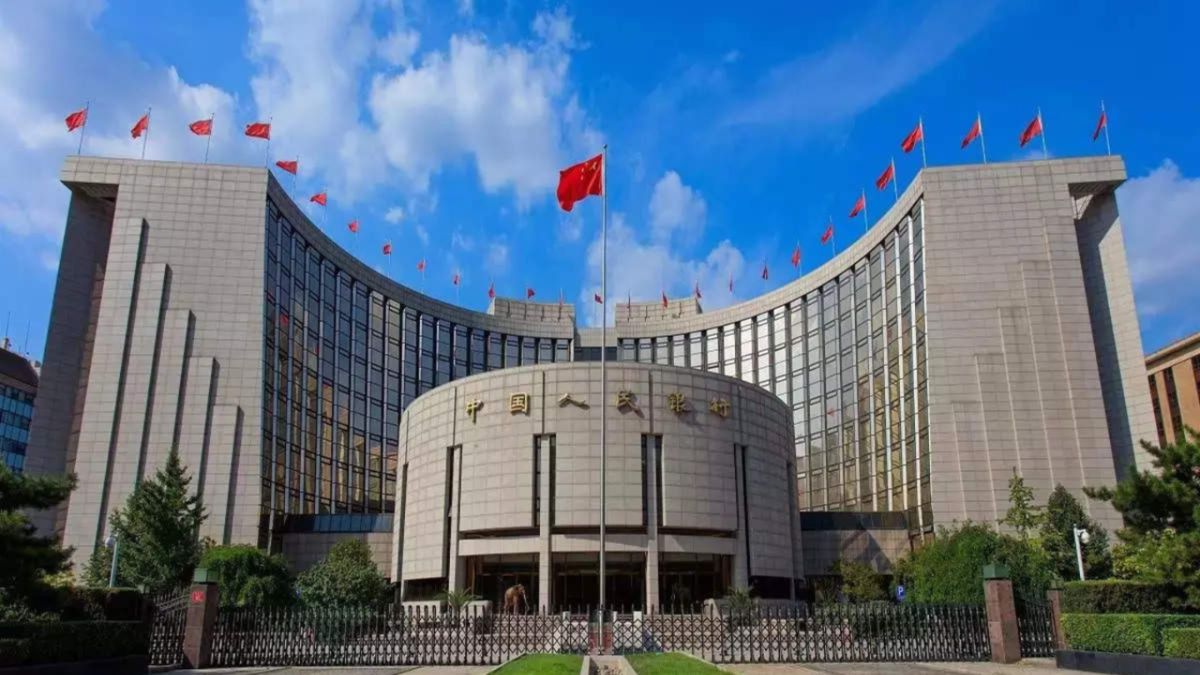 Image Credit: The Economic Times
Image Credit: The Economic Times
China’s central bank announced on Monday that it will lower the collateral requirements for its Medium-Term Lending Facility (MLF) loans starting this month. The decision, detailed in a statement on the People’s Bank of China (PBOC) website, aims to increase the size of tradable bonds and ease supply and demand pressures in the bond market.
The MLF tool, introduced in 2014, helps commercial and policy banks maintain liquidity by allowing them to borrow from the central bank using securities as collateral. With the new adjustment, institutions participating in MLF operations and planning to sell medium to long-term bonds can apply for a reduction or exemption of collateral requirements for a certain period.
This measure is designed to address current market dynamics, ensuring smoother bond market operations. By expanding the size of tradable bonds, the PBOC seeks to alleviate imbalances in the bond market’s supply and demand.
The PBOC’s decision comes as the Chinese economy navigates a complex post-pandemic recovery landscape, with a focus on stabilizing financial markets and supporting economic growth. Lowering collateral requirements is intended to provide banks with greater flexibility and liquidity, enabling better management of their bond portfolios.
The reduction in collateral requirements is also expected to benefit banks by enhancing their balance sheet flexibility. Banks will be able to use a broader range of assets, including higher-risk securities, as collateral for MLF loans.
